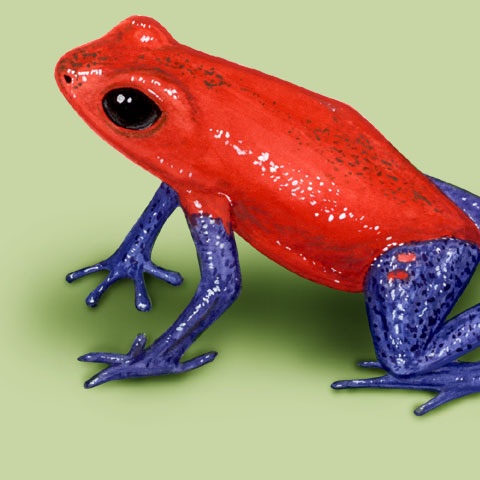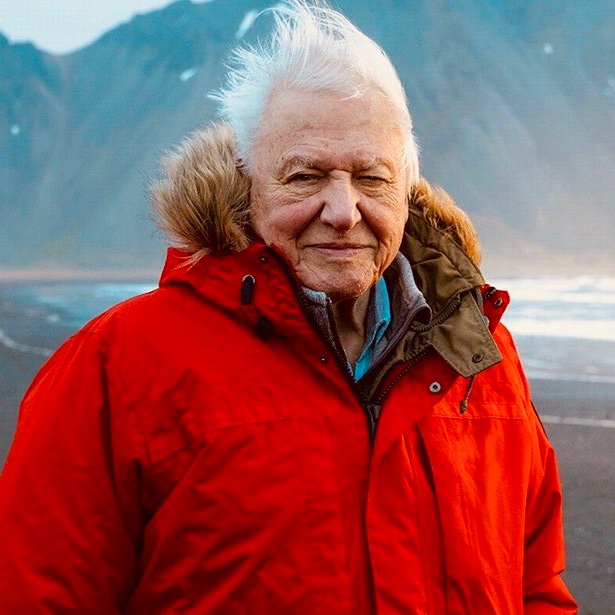This is the ASA #AmphibianQuiz 🐸 Week!
This question is not for beginners! 😝
Day 4) How high can amphibians live?
This question is not for beginners! 😝
Day 4) How high can amphibians live?
You are the best, 76% got it right again!
The Gadow's false brook salamander (Pseudoeurycea gadovii) is the amphibian species found at the highest altitude. It has ascended above 5,000 m the Volcán Pico de Orizaba (Mexico’s highest mountain)!
The Gadow's false brook salamander (Pseudoeurycea gadovii) is the amphibian species found at the highest altitude. It has ascended above 5,000 m the Volcán Pico de Orizaba (Mexico’s highest mountain)!
The frog which inhabits the highest elevation may be Scutiger boulengeri, which has been found as high as 5,100m. The highest frog could also be probably a member of the genus Telmatobius. Some species in this genus can be found at close to 5,000 m!
• • •
Missing some Tweet in this thread? You can try to
force a refresh














